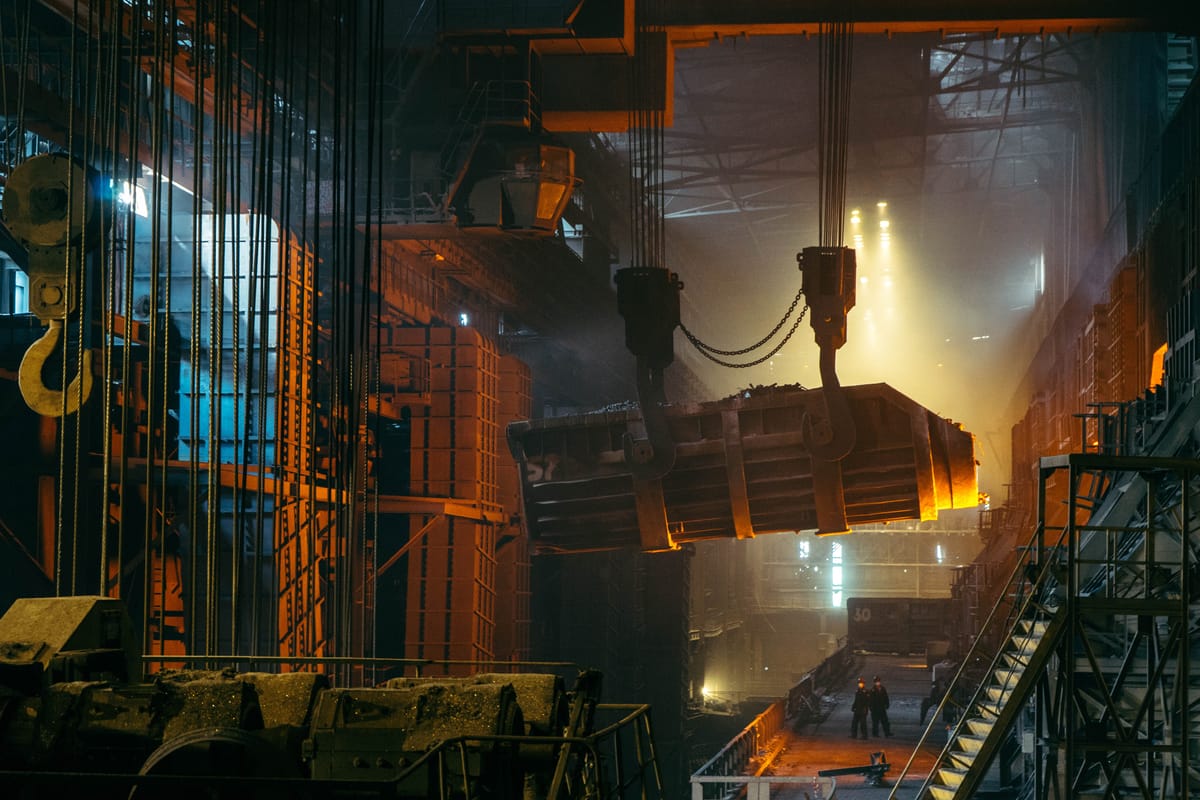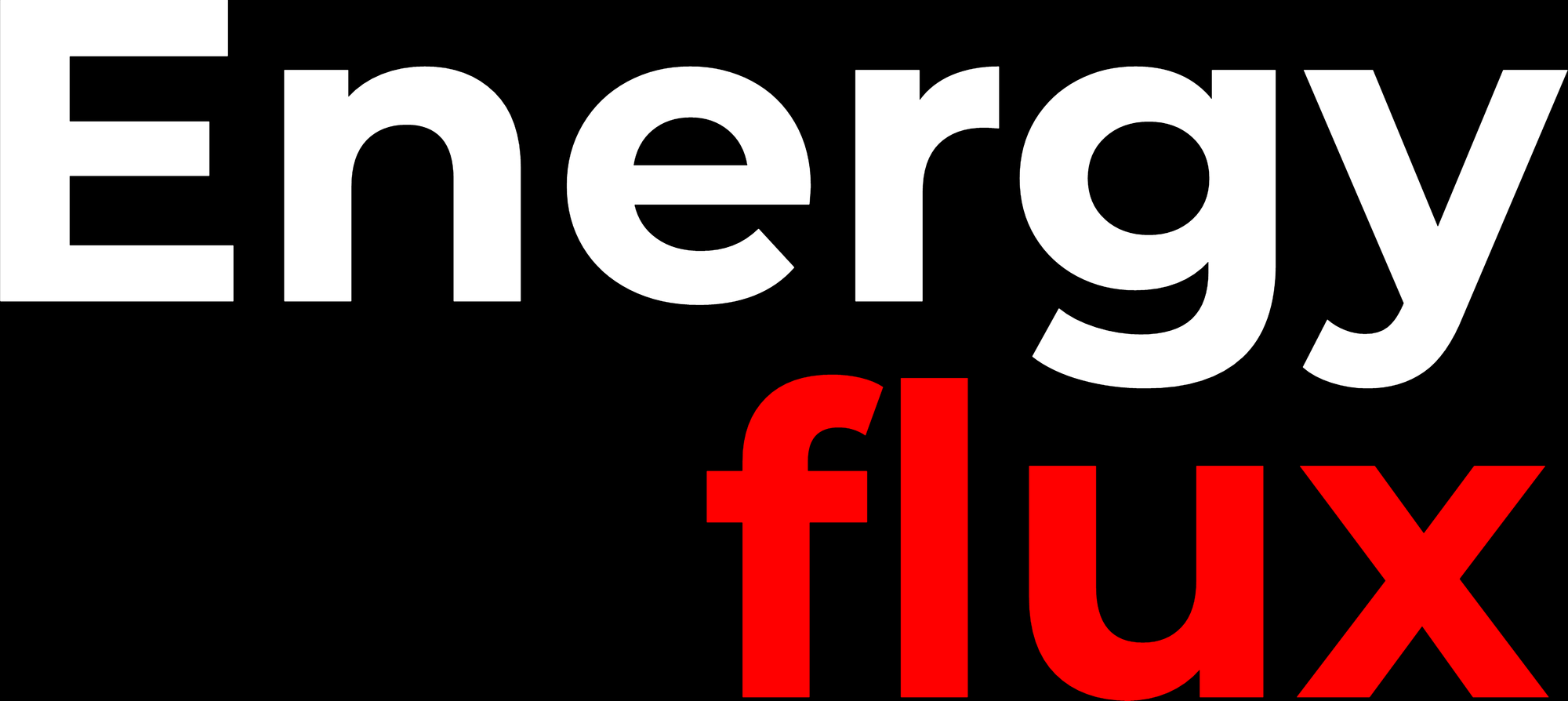Stuck in a rut: hydrogen caught in polarised ‘hope versus hype’ debate
💥Energy Flux💥 Thursday, 1st April 2021


Member discussion: Stuck in a rut: hydrogen caught in polarised ‘hope versus hype’ debate
Read what members are saying. Subscribe to join the conversation.





